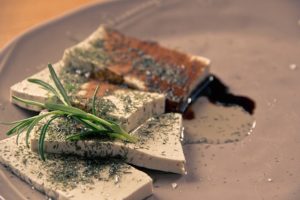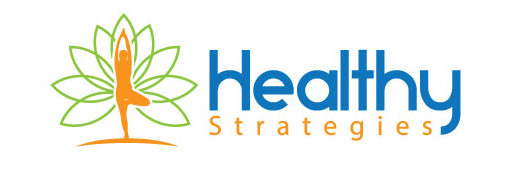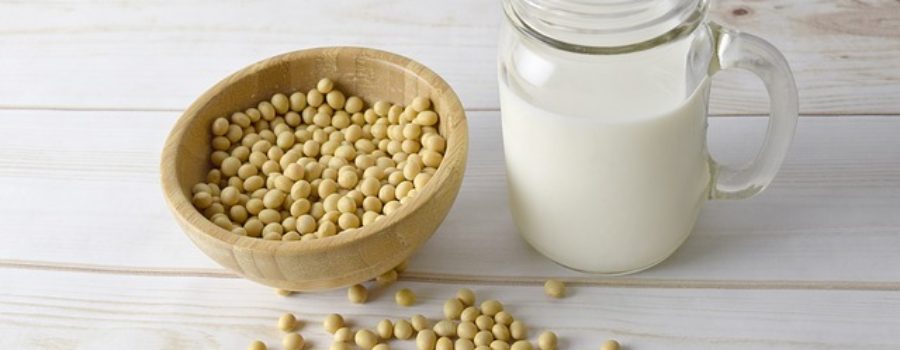Should You Worry About Soy Estrogens?
Beside the synthetic estrogen-mimicking chemicals we are are routinely exposed to, we have to pay some attention to plant-derived estrogens, also called phytoestrogens (from the Greek word for plant—phyton). I’m going to concentrate now on the widely used soy.
There is quite a bit of information about soy having estrogen-like activity. The components from soy products linked to this effect are the isoflavones through their metabolite called equol. This is the compound that has the ability to bind to estrogen receptors and is generated after soy isoflavones are metabolized by intestinal microbial flora.
It has been shown that some people exposed to similar quantities of soy will generate more or less equal, depending on how they metabolize soy. It has also been described that people with East Asian descent have genetic adaptations to equol production, given their exposure to soy—which has been historically part of their diet.
Soy is used in:
- infants’ formulas
- foods such as tofu, soy milk, soy sauce, soy paste (miso), soy flour, soybean oil, soy nuts
- soy protein supplements
- soy lecithin—used as an emulsifier (in chocolate, baking mixes, salad dressings, margarine, and more).
Beside the wide range of uses in human foods, soy is widely used for animal feed (likely advertised as “vegetarian diet”), and the active metabolite can remain in the meat we consume. More than 90 percent of the soybean crops in North America are from GMO seeds.
Other than its use in foodstuff, soy derived components have numerous other uses:
- soy oil or soy wax (an alternative to paraffin wax), are used for candles, wrapping paper, crayons or ink
- soy oil is also used for biodiesel fuel, solvents, lubricants, and other industrial applications for products which seem to be more environmentally friendly
There is increasing concern about GMO soy and its widely used Roundup herbicide, because residues of its active ingredient—glyphosate—can end up in our body and environment (surface waters, rain and air). It’s beyond the purpose of this post to get into more details about all these now.
There are some reports (not proved yet), that the estrogenic properties of soy isoflavones may be beneficial for hot flashes or for cardiovascular disease post-menopause. Other unproven benefits concern osteoporosis, protection against breast and prostate cancers, and even obesity, diabetes and others.
Some of these effects may apply to Asian populations because of their adaptation to soy, but cannot be automatically extended to other populations. The health benefits data are conflicting and more research is needed before it can be concluded the benefits outweigh the risks of them acting as endocrine disruptors.
In humans, the soy estrogens can bind to estrogen receptors and is questionable if the consequences would be desirable for infants who consume soy formula, older children, or even adults with diets rich in soy products. In animal studies there are some reports about soy isoflavones impacting fertility or being linked to abnormalities of sexual development.
After reviewing these facts about soy estrogens, I’m going to return to my susceptibility to foreign estrogens, so I can make some helpful points. When I am exposed to the synthetic chemical ones, I get migraine headaches (within 12-24 hrs).
Eliminating the estrogen-mimicking chemicals as much as feasible in this day and age, produced for me a dramatic reduction in the frequency and severity of such episodes. Anyone who downloaded the free report can easily refresh this information.
Of course, I wondered if I was getting migraine headaches from soy estrogens and I can say that as far as I’m concerned, the answerer is NO. I only consume soy rarely, but given my experience with the other migraine triggers, I think I would be able to appreciate quite reliably if soy affects me as well.

After eating in Korean or Japanese restaurants, I don’t experience any migraines. On a side note, I’m always pleased to notice in these restaurants how the food is cooked and served in glass, ceramic, cast iron, or stainless steel. All these are safe for my headaches, unlike teflon or aluminum—which never fail to trigger them.
Here are some final thoughts:
- Maybe my lack of getting migraine headache from soy products has to do with the fact that I do not produce equol—the active metabolite. This is a more pronounced genetic trait of East Asian populations.
- For all the migraine sufferers reading this, my suggestion is to pay close attention to all the soy-derived foods you consume and notice if they trigger migraines.
- If that’s the case, you’re better off staying away from soy products, along with avoiding the other household items I described as possible migraine triggers—and these probably affect most of those predisposed, regardless of ancestry.
- Don’t forget to take into account the food packaging and cookware used, as well as how the food is stored afterwards (you can refresh about the foreign estrogens hiding in these as well as other household products with a quick look at the downloaded free report).
- Given the genetic differences in metabolizing isoflavones to equol, it’s more likely that people of East Asian descent suffering of migraines may be more affected by these estrogens, compared to the populations not metabolizing them the same way.
Since soy products are rarely part of my diet, I don’t have much of a reason to suspect they may have played a role in my abnormal breast tests.
If you are diagnosed with breast abnormalities and consuming soy, please ask the treating physicians if they would consider helpful to avoid soy products, especially if you have East Asian ancestry.
North American Menopause Society (NAMS) recommends that women diagnosed with breast or endometrial (uterine) cancers consult with the oncologists before using any soy phytoestrogens /isoflavones products.
If you didn’t do this yet, you can still download the free report here.


